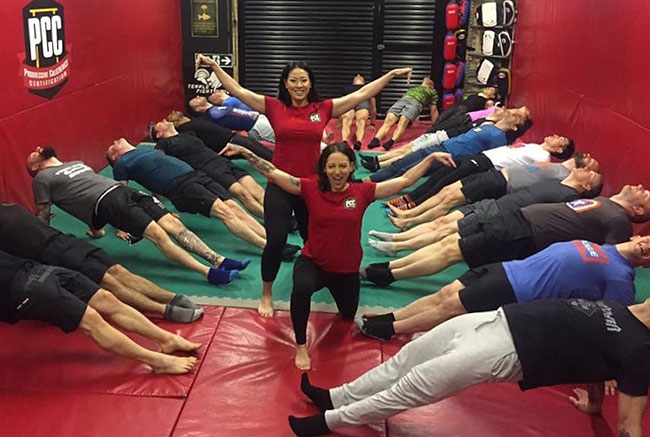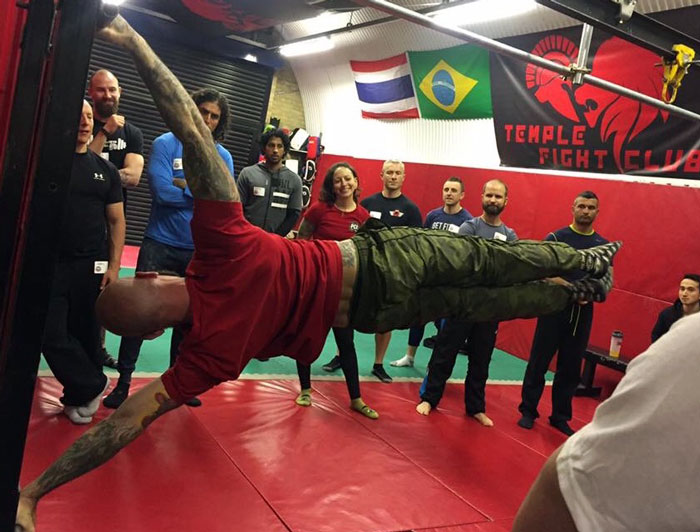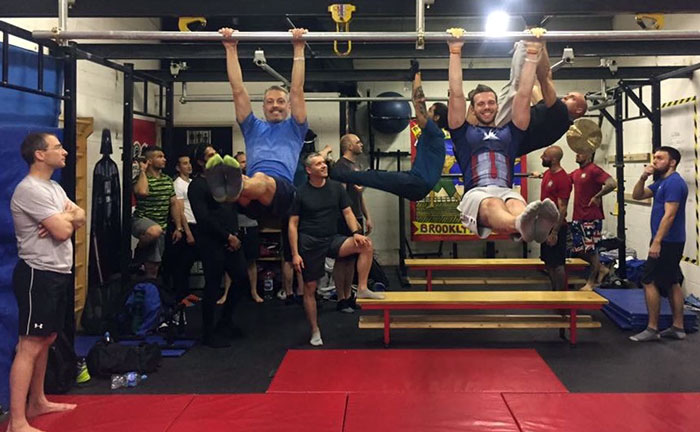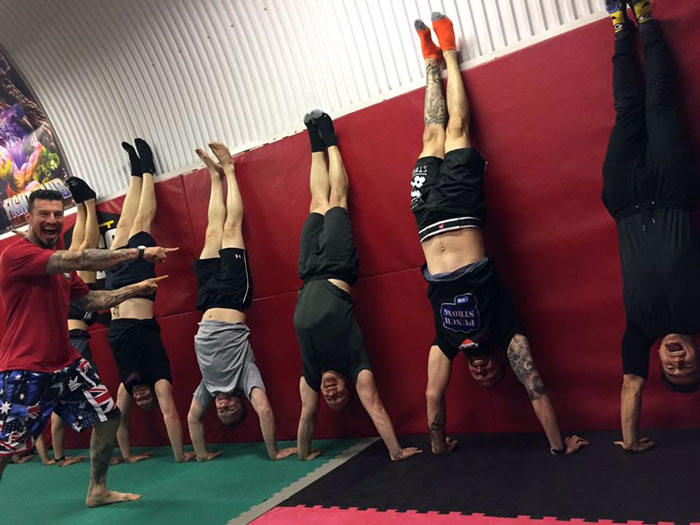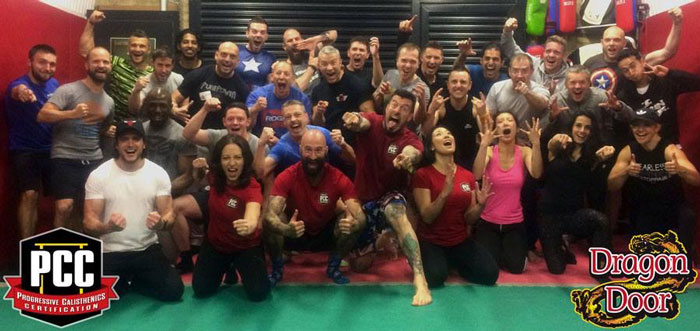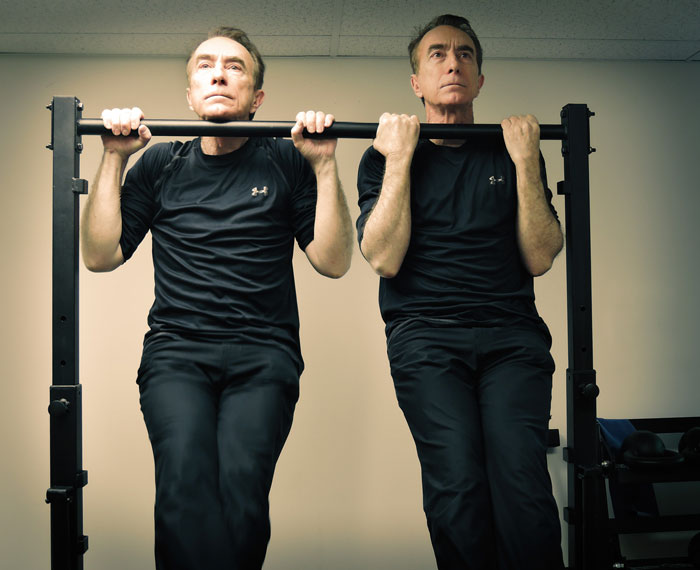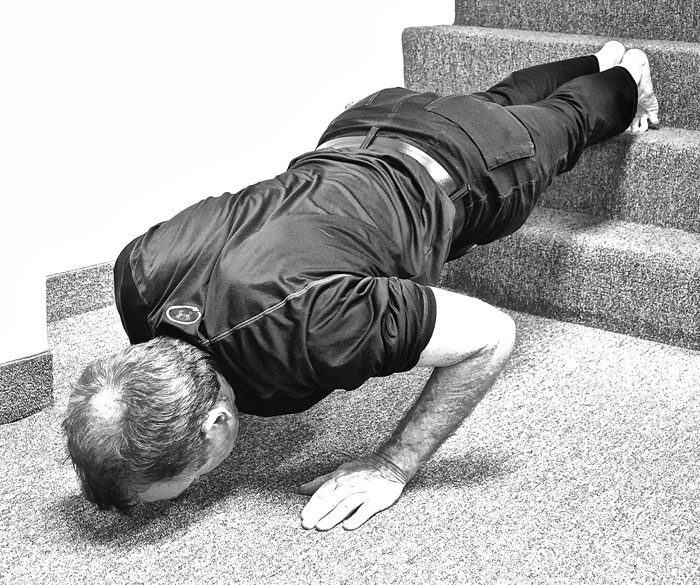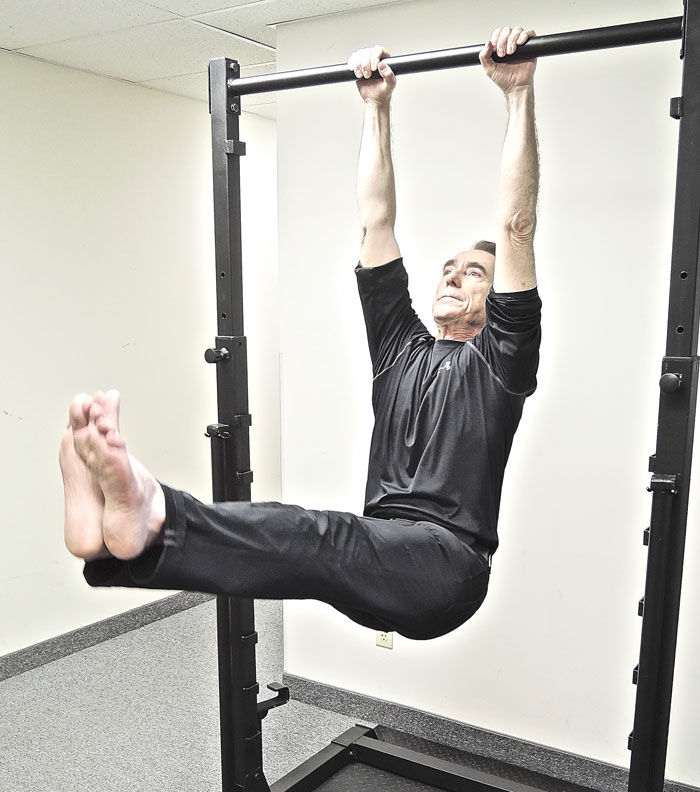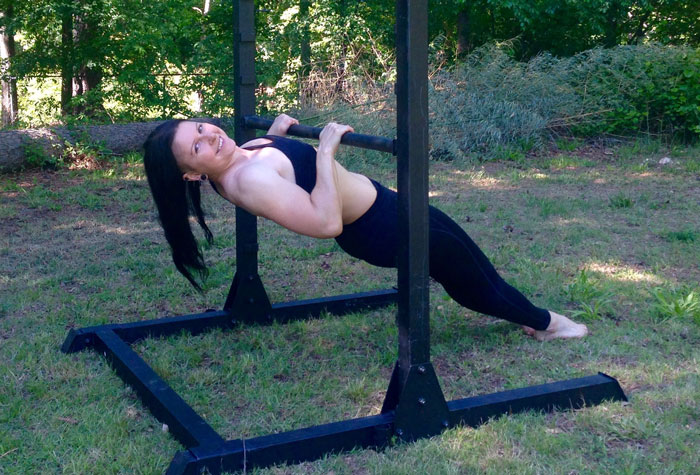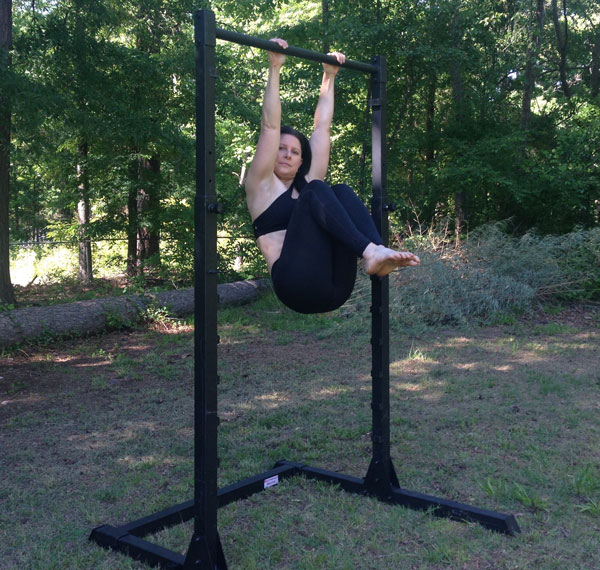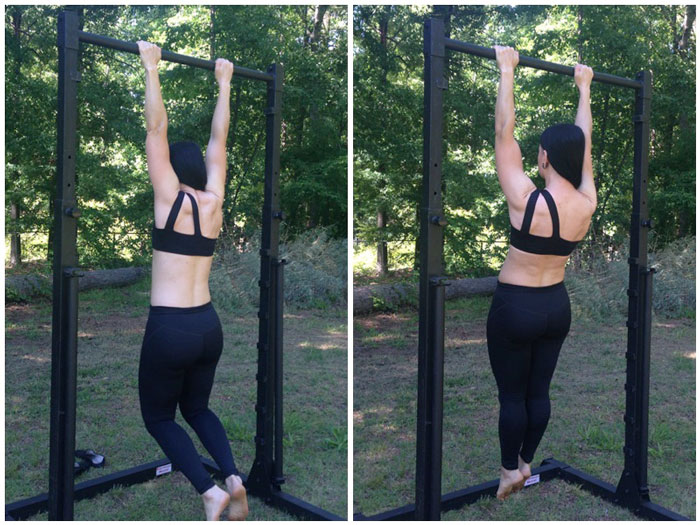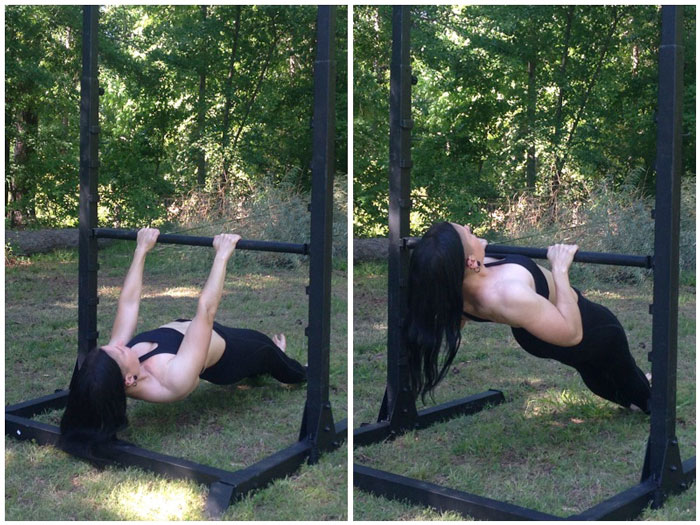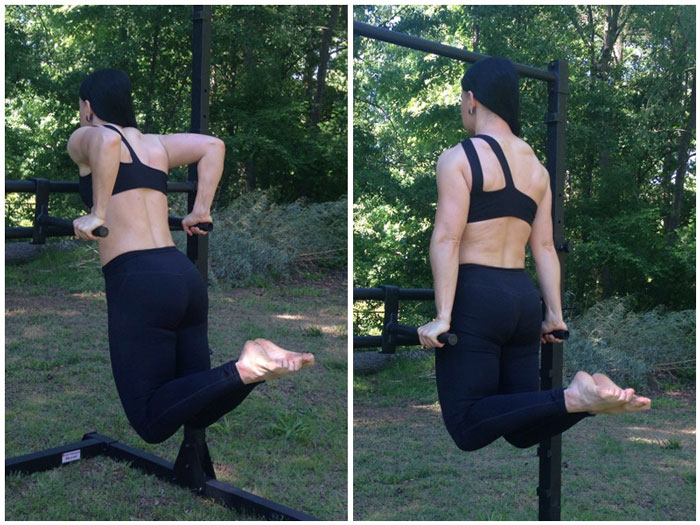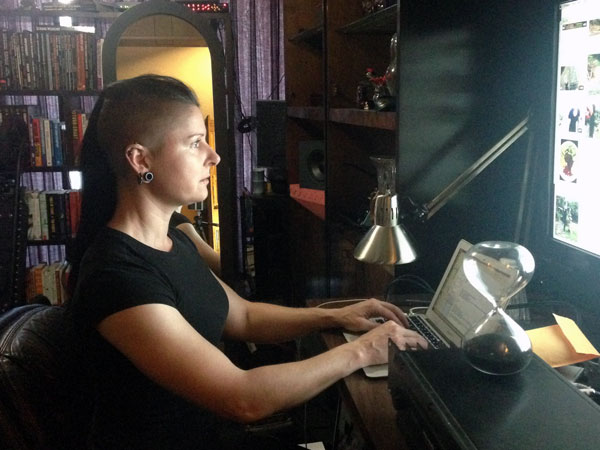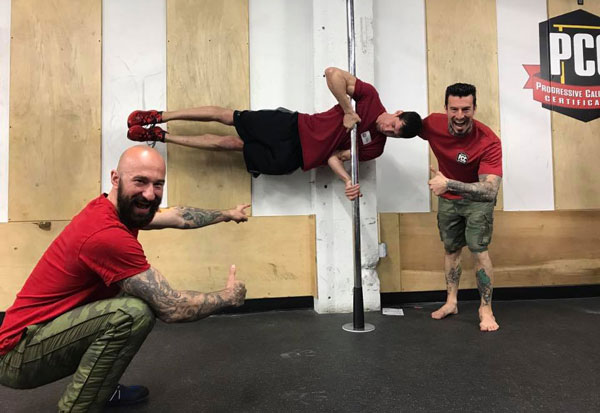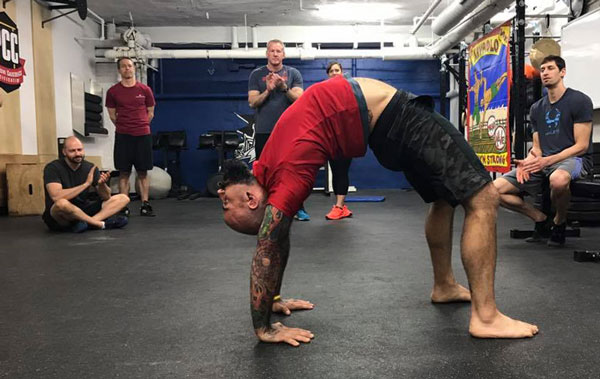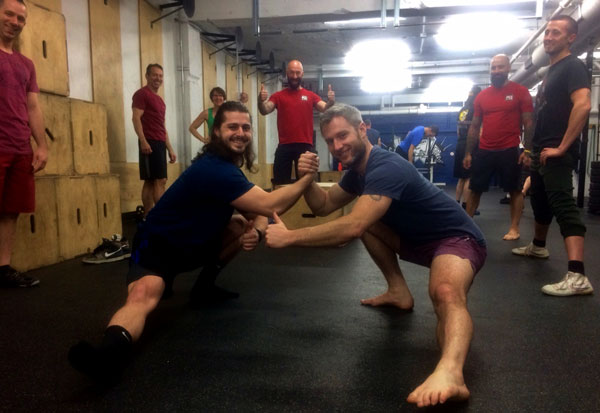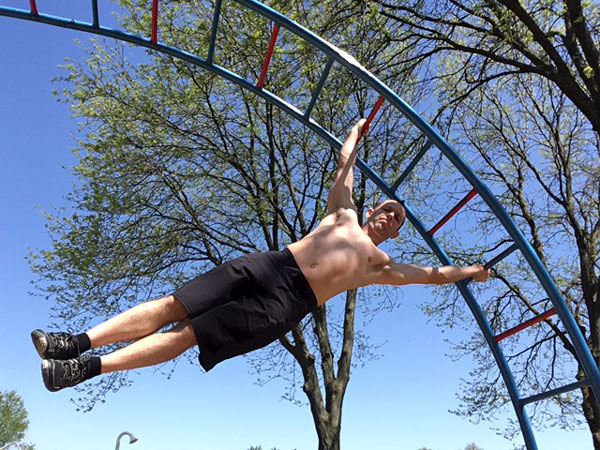
A long time ago, before I became a trainer (and after a long hiatus in my own fitness and martial art training), I decided to get back on the scene. I began training a martial art called Taijiquan, also known as Tai Chi. To be perfectly honest, I chose this after watching late night Kung Fu movies. Inspiration comes from many places!
Without much research on it, I jumped in. The first few classes were exceptionally frustrating. I was super uncoordinated and it felt like I was doing “the robot.” I was unprepared for the fluidity of many of the moves, as well as for the full body unity that is required. However, after about a year, things eventually started smoothing out, and I finally got into the martial side of Taijiquan.
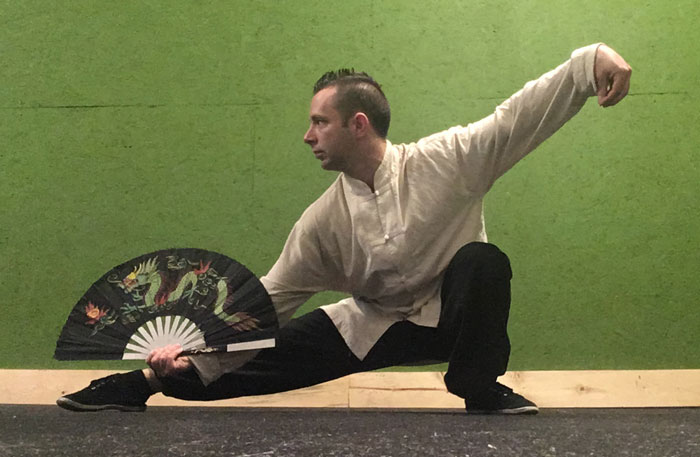
I started working on “pushing hands” or chi sau, and once again the frustration kicked in. As I had previously experienced, I felt clunky in many of my movements.
I decided to get into weight training in hopes of improving my performance. Like many folks from my generation, weight training seemed like the most viable way to get better physically equipped. And while it’s true that my weight training at this time incorporated a few push-ups and assisted pull-ups, the primary focus was still on external resistance.
Speed ahead years later and I got a bit stronger and leaner. I won my first gold medal for Taijiquan. I even left my corporate job to become a trainer. But something was still missing in my own development. I needed to try something different…
At this time, a good friend of mine introduced me to the Kavadlo Brothers by showing me a YouTube video. Like many, my first thought was, “How can you possibly get stronger using no weights?” But I kept an open mind and gave it a shot. I started my training with the basic, fundamental movements of bodyweight strength training: push-ups, squats, lunges, dips and, of course, pull-ups!
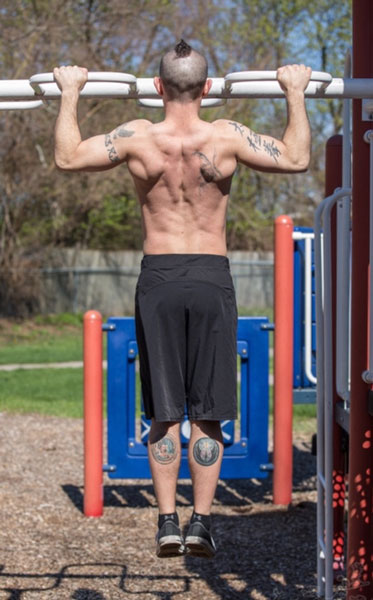
After several months of training in both calisthenics and Taijiquan, I noticed that I was not only getting faster, stronger and leaner, but all my movements flowed more freely. I had found what I was missing! The movements in all aspects of Taijiquan required control of multiple muscles at the same time and calisthenics promotes multiple muscle recruitment in each exercise. I mean, lets look at it. A bench press uses the pectorals, triceps and deltoids, but a push-up hits all those muscles, as well as just about everything else. A strong man may be able to control others, but a truly powerful man can control himself.
It’s been five years since I put the weights down for good. Now that I’ve established a solid foundation in the basics, I’ve incorporated more advanced bodyweight exercises like the pistol squat, muscle-up and human flag. I have since attended the SCC in New York with Danny Kavadlo, and the PCC in Boston with Al & Danny Kavadlo. I’m finding that I’m stronger, faster and more agile in my late 30’s than I ever was in my 20’s. A huge part of that has been training my body with my body, an art that extends as far back as man. My Tai Chi practice and all aspects of my life are better with calisthenics!

****
Ray Shonk, PCC, SCC is a personal trainer in Grand Rapids Michigan, a adjunct professor at GVSU and owner of Quest Fitness. He currently specializes in Calisthenics, Sports Performance and Martial Arts training. When he is not training he spends time brewing beer, and spending time with friends and family. Learn more at www.questfitnessgym.com.
